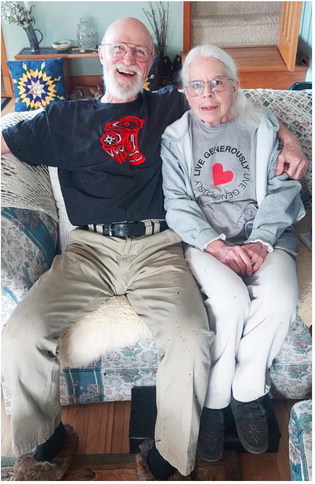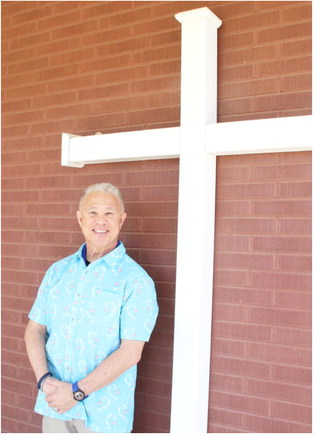Tobacco Prevention Notes
The Great American Smoke Out takes place on Thursday, Nov. 21. This awareness event has been hosted by the American Cancer Society for over 40 years and is always held on the third Thursday in November during National Lung Cancer Awareness Month.
It is an opportunity for people who smoke to commit to healthy, smoke-free lives if not just for one day, but year round. This event is an opportunity for individuals, community groups, businesses and healthcare providers to encourage people to use this date to make a plan to quit smoking. The Great American Smoke Out challenges people to stop smoking while helping people learn about the many tools they can use to quit smoking.
Addiction to nicotine in cigarettes, including electronic cigarettes is one of the strongest and deadliest addictions. Nearly 38 million Americans still smoke cigarettes and smoking remains the single largest preventable cause of illness and death in the world. Smoking causes more than 480,000 deaths each year and more than 16 million Americans live with a smoking-related disease.
While the cigarette smoking rate has dropped to an all-time low of 14 percent, the gains have been inconsistent for a number of reasons. Some groups of Americans suffer disproportionately from smoking-related cancer and other diseases, including those with less education, those who live below the poverty level, suffer from serious psychological distress, as well as racial and ethnic groups. Plus, the emergence of electronic cigarettes has altered the cigarette smoking rate despite the fact that electronic cigarettes are not a safer alternative to smoking.
Quitting smoking has many short- and long-term benefits. For short-term benefits, smokers’ heart rate and blood pressure both begin to drop within 20 minutes of the last hit off a cigarette. Two weeks to three months after quitting, an individual’s circulation improves and lung function increases. Five years after quitting, a smoker’s risk of cancer and stroke are both cut in half, and the risk of heart disease is that of a non-smoker’s.
Quitting smoking is hard for many people who smoke. It takes commitment, planning, a lot of support, and often times it takes more than one attempt to quit. Smokers are strongly advised to use proven cessation methods such as prescription medications and counseling to quit. Research shows that smokers are most successful in their efforts to quit smoking when they have support such as
•Telephone quit lines
•Self-help books and materials •Smoking counselors or coaches
•Encouragement and support from family and friends For those who smoke, next Thursday, Nov. 21, make a plan to quit smoking even if only for one day.
For questions regarding the dangers of smoking, benefits to quitting smoking or questions regarding the Montana Tobacco Quit Line, contact A.J. Allen, tobacco prevention specialist for Roosevelt and Daniels counties, at 653-6212. To call the Montana Tobacco Quit Line, call 800-Quit-Now (800-784-8669) or visit www. QuitNowMontana.com.

